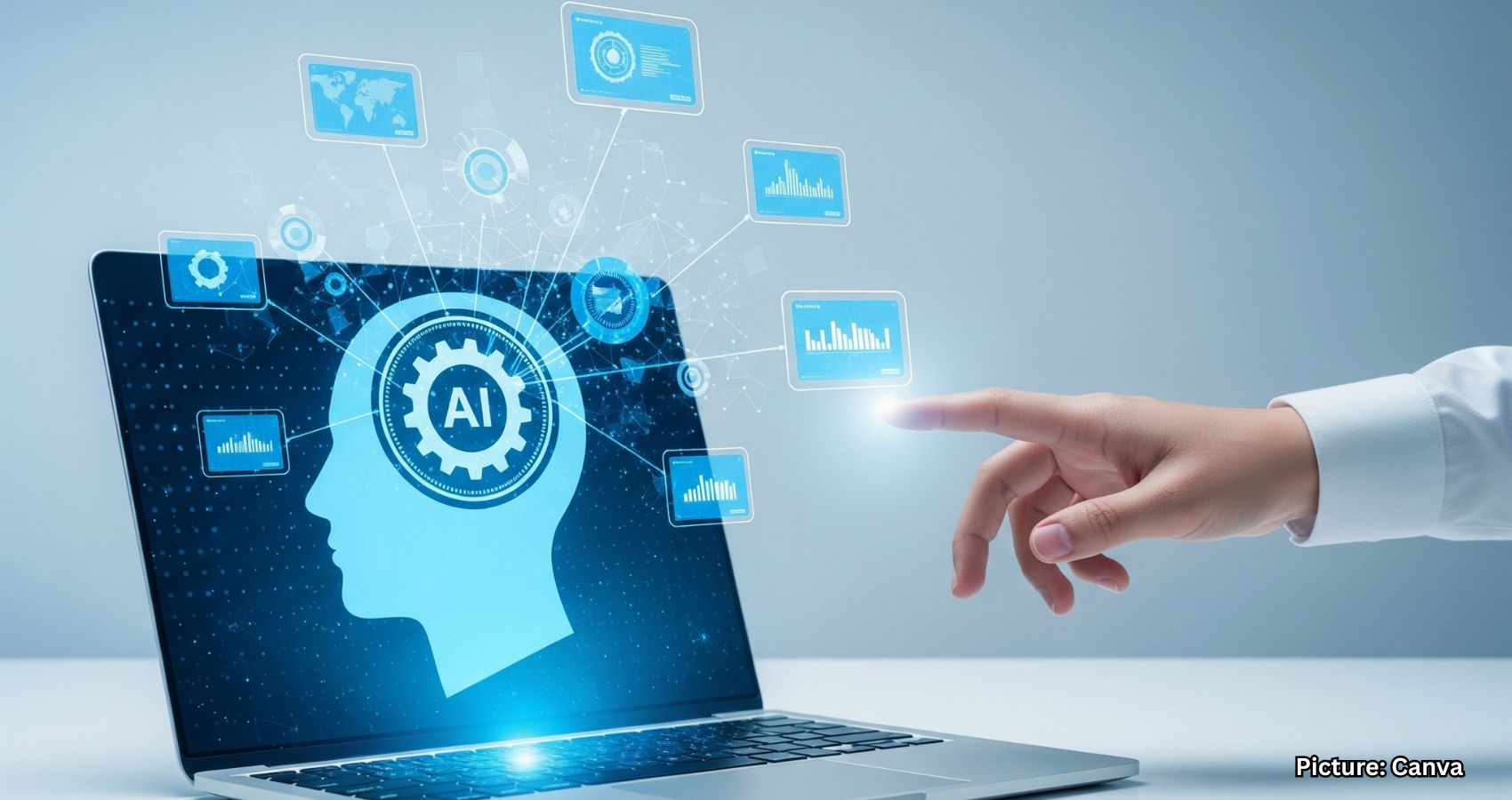The user interface is undergoing a significant transformation as AI agents increasingly take on roles traditionally held by humans in digital ecosystems.
The user interface (UI) as we know it is on the brink of a major transformation. In today’s digital landscape, humans are no longer the primary audience online. A recent study by DesignRush estimates that nearly 80 percent of all web traffic now comes from bots rather than people. This shift indicates that much of the content and interfaces designed for “users” are increasingly being consumed, parsed, and reshaped by machines.
This evolution is rapidly extending into the enterprise sector. According to Salesforce, “AI agents are poised to transform user experience design from creating interfaces for human users to orchestrating interactions between humans and agents.” In essence, the primary users of enterprise systems are shifting from employees to AI agents that execute tasks, exchange information, and coordinate processes.
Dharmesh Shah, CTO of HubSpot, encapsulated this change succinctly: “Agents are the new apps.” A survey conducted by IDC in February 2025 found that more than 80 percent of enterprises believe AI agents are replacing traditional packaged applications as the new system of work.
The implications of this shift are profound. UI and user experience (UX) can no longer be designed solely for humans clicking buttons and filling forms. Instead, they must evolve into systems that enable humans to oversee, arbitrate, and trust the autonomous agents performing the work.
Consider the current landscape of expense management systems used in large enterprises. Today, these processes remain entirely human-centric. Employees manually upload receipts from services like Uber and hotels, enter project codes, reconcile transactions, and submit reports for approval. Managers then review these submissions line by line. This approach is rigid, form-driven, and places the burden on humans to stitch together context across multiple systems.
Now, imagine an agentic system where the AI agent automatically pulls data from Uber, hotels, and email, reconciles it with corporate card feeds, applies company policy, flags exceptions, and prepares a draft report for a manager to review. In this model, the human’s role shifts from manual entry to supervision, highlighting why traditional interfaces can no longer keep pace.
In an agentic environment, rigid workflows become inefficient. Flexibility and traceable decision paths are essential, and trust takes precedence over speed, especially in areas like finance. Managers must understand an agent’s reasoning and verify data provenance. Workflows are no longer linear, as agents span multiple platforms and systems. While chat-based UIs may offer convenience, simply wrapping a legacy app with a chatbot interface does not address the deeper issues of orchestration, context, and knowledge integration. As Infosys argues, true agent process automation requires intelligence layers—intent, context, orchestration, and knowledge.
Salesforce and Infosys outline several emerging principles that define what a truly agentic interface should be. Future systems will adopt an intent-first design, focusing on what users want to accomplish rather than prescribing every step. They will support cross-platform orchestration, allowing agents to collaborate across applications, APIs, and services.
Real-time capability discovery will become crucial, enabling interfaces to adapt dynamically based on available agents and services. Transparency will also be central; humans need to know which agents are active, what they are doing, and when intervention is required. Infosys further emphasizes that agentic automation succeeds only when supported by multiple layers of intelligence—intent, context, orchestration, and knowledge—working together to ensure control and trust.
In the agentic era, interfaces will be built on agent-native foundations, designed with the assumption that the primary user is an AI agent. Design will shift away from linear user journeys toward intent mapping and orchestration across systems.
Human governance will remain critical. People must retain the final authority to pause, redirect, override, or approve an agent’s actions without disrupting the broader workflow. Clear signals and audit trails will ensure compliance and accountability.
Explainability and trust will define success in this new landscape. Every agent action should be traceable and understandable in plain language, with full transparency into data sources, reasoning, and alternatives considered. Role-based visibility will help operators, managers, and regulators access the appropriate level of insight.
Interoperability will also be key. As multiple agent systems emerge, standardized UI protocols will be necessary to allow agents to pass context, data, and intent reliably between platforms. Governance and safety frameworks will ensure that these interactions remain secure and consistent.
Finally, future UIs must be adaptive and multimodal. Interfaces will shift dynamically based on user role, context, and device, spanning screens, voice interfaces, mobile components, and immersive environments like augmented reality (AR) and virtual reality (VR). The best designs will balance human-friendly clarity with machine-readable semantics.
The next frontier for enterprise interfaces lies in re-engineering them to allow AI agents to work autonomously while providing humans with the tools to monitor, audit, and intervene when necessary. The winners of this transformation will not be the companies that design the sleekest dashboards, but those that create systems where agents can operate effectively and humans can govern confidently.
Source: Original article

